SĀMAVEDA
Sāmaveda is the Veda of melodies and chants. It can be considered the most ancient and shortest Veda among the four Vedas after Rigveda. Most of the mantras in Sāmaveda are taken from Rigveda, mostly from 8th and 9th Maṇḍalas. Still, Sāmaveda has its own collection of hymns. Like Yajurveda, Sāmaveda is also explicitly meant for rituals and most of the mantras are chanted in sacrifices or rituals like Somayāga. Scholars of ancient times as Patañjali and Pāṇini say that Sāmaveda has one thousand recensions “Sahāsravarthmah Sāmavedah.” But today, only three of them exist. They are: 1. Kauthuma Śākhā 2. Jaiminiya Śākhā and 3. Rāṇāyāniya Śākhā. All three Śākhās are again divided into Ārcikas and Gānas. The first are to be chanted and the second are to be sung. Ārcikas are again divided into Pūrvārcikas and Uttarārcikas.
The Pūrvārcika part consists of four divisions, namely 114 mantras praising Agni (Agneya), 352 mantras praising Indra (Aindra), 119 mantras praising Pāvamana, and 55 mantras praising Gods like Indra, Agni, Soma (Āranya). The Uttarārcika part consists of around 1225 mantras. So altogether, 1875 mantras can be found in Sāmaveda. Among these, 99 are specific to Sāmaveda, all others being taken from Rigveda.
The Gāna portion consists of two parts named Prakṛti and Uha. The Prakṛti portion is again divided into two, Grāmageya (Sung in village) and Āranyageya (Sung in forest). The Uha part related to Grāmageya is Uhagānam. The Uha part related to Āranyageya is known as Rahasyagānam. The Prakṛti gāna contains seven Gānas viz., Gayatram, Aindram, Pāvamanam, Agneyam, Parvathrayam (Arka-dvanda-vrata parva), Sukriyam and Mahanamni. The Uha gāna also contains seven types of gānas: Dasaratram, Samvatsaram, Ahinam, Aikaham, Satram, Ksudram and Prayascittam.
There is a custom among Sāmavedins that Sāmagānas should be recited in low pitch (mandra), medium pitch (Madhyama) and high pitch (Tara) during morning, afternoon and evening respectively. There are also different types of Sāmagāna like Radhantara, Vamadevya, Bratsama; they differ according to the number of gānams they contain, from one to eighteen.
Some of the Rṣis of Sāmaveda are Vasiṣṭha, Vāmadeva, Kānva, Valakhilya etc. Some of the main devatas praised in Sāmaveda are Agni, Indra, Soma, Uṣas, Sūrya, Viṣṇu, Puruṣa.
Kauthuma Śākhā
Kauthuma Śākhā has two parts, namely Mantra & Brāhmaṇa. The mantra part is divided into Ārcika and Gāna. The Ārcika part is itself divided into Pūrvārcika, which contains the Prakṛtisāmas, and Uttarārcika, which contain the Uhasāmas. There are 1875 Riks in total in Kauthuma’s Mantra portion (650 in Pūrvārcika and 1225 in Uttarārcika). Though this Śākhā also has both a Gāna part and an Āranya part, the names sometimes differ. There is a living tradition of chanting this Śākhā in many parts of India, especially Gujarat, and some places of Tamilnadu like Trichy, Tanjore and Chidambaram. In Kerala, among Kerala Tamil Brahmins, a Kauthuma Sāmaveda scholar named Brahmasree Gopala Vadhyar was well versed in this Śākhā in Pudukkod Village near Palakkad. But this scholar is no more today. Among Kerala Brahmins, Kauthuma Śākhā was not in practice.
Jaiminiya Śākhā
Jaiminiya Śākhā, also known as Talavakara Śākhā, is the Śākhā of Sāmaveda that is most practiced in India today. This Śākhā differs from the other two Śākhās in its way of chanting i.e. singing and pronouncing words in the Vedic mantras. In this Śākhā, there are three kinds of Saṃhitā portions: Rik Saṃhitā, Gāna Saṃhitā or Grāmageya Saṃhitā and Āranya Saṃhitā or Candrasāma Saṃhitā.
In Rik Saṃhitā, there are 12 Adhyāyas or chapters. There are 116 Mantras in Agneya Khaṇḍa, 352 Mantras in Aindra Khaṇḍa, 119 mantras in Pāvamana Khaṇḍa, 757 Mantras in Dvadasaha Khaṇḍa and 354 Mantras in Uttara Khaṇḍa. Thus a total of 1698 Mantras are found in Rik Saṃhitā.
In Gāna or Grāmageya Saṃhitā, there are 59 Adhyāyas or chapters. All the mantras are set up in a such a way that they can be sung. As the name itself suggests, the Mantras that can be sung in Grāmas (Villages) are Grāmageyas. Many kinds of chanting or singing can be found in this Saṃhitā; some of them are: Viśesana (special kind of pronunciation) - Ogni for Agni, Vikarśana (different type of pronunciation) - Vitāyāyi for vitaye, Avartana (repetition) – Tayayitayayi, Virama (stops) –Grunanohavyada instead of chanting it as Grunanohavyadadhaye, Lopoa (decrease of words) and Stobam (extra pronunciation).
In Candrasāma, Uha and Uṣani, there are different types of chanting/singing for the Sāma hymns. There are even Sāmas that are to be chanted/sung in one breath. Many types of Svaras for chanting/singing Sāmans can be found in related texts. Some of the Svaras are: Prathama, Dvitiya, Tritiya, Caturtha, Mantra, Krusta, Atisvaryam. These are called as Saptasvaras in Sāma chanting/singing.
Jaiminiya Śākhā is mosly followed in Kerala, Karnataka and Tamilnadu.
Rāṇāyāniya Śākhā
The Rāṇāyāniya Śākhā of Sāmaveda is much less in use compared to the two other Śākhās. The survival of this Śākhā was even in doubt till recent times. But due to the efforts made by many institutions like Kanci Kamakoti Mutt, it has remained alive. This Śākhā seems to be practiced in some parts of Orissa, Uttar Pradesh, Rajasthan, Maharashtra and Karnataka.
Brāhmaṇas of Sāmaveda
1.Tandya Brāhmaṇa is the Brāhmaṇa portion of Kauthuma Śākhā and Rāṇāyāniya Śākhā of Sāmaveda. Its other name is Pañcaviṃśa Brāhmaṇa. It consists of 347 Khaṇḍās and describes a number of rituals: Jyotiśtoma, Ukthya, Atirātra, Prakṛtis of Ekahas and Ahinas, Soma Prayaschittas, Dvadaśaha etc. It is attributed to Ācārya Tandi.
2. ṣaḍviṃśa Brāhmaṇa of Kauthuma Śākhā of Sāmaveda has five Adhyāyas. It is considered as the appendix of Pañcaviṃśa Brāhmaṇa. The Abhicara kriya is mentioned in this Brāhmaṇa.
3. Sāmavidhana Brāhmaṇa of Kauthuma Śākhā is a small Brāhmaṇa text containing three Prapāṭhakas. It mainly explains the way of singing different kinds of Sāmagānas and of chanting various Sāma chants.
4. Arseya Brāhmaṇa of Kauthuma Śākhā also has three Prapāṭhakas. It gives explanations on the Sāman chants included in the Arnyageya and Gramageya of Kauthuma Sāmaveda Śākhā. There is also information on several Sāmagānas.
5. Daivatā Brāhmaṇa is also known as Devatādhyāya Brāhmaṇa of Kauthuma Śākhā. It includes three Prapāṭhakas. It gives explanation regarding the prominent Devatās or deities that are praised in the Sāma chanting. It also contains information on the way to refer to a Devatā, references about the four Yugas, etc.
6. Chāndogyopaniṣad Brāhmaṇa of Kauthuma Sāmaveda Śākhā has ten Prapāṭhakas. The first part of the Brāhmaṇa consists of mantras and the following parts form the Chāndogyopaniṣad.
7. Samhitopanisad Brāhmaṇa of Kauthuma Śākhā of Sāmaveda has five Khaṇḍās. It explains about the link between the words used in the Samavedic chants and the hymns, gives information on the Dakṣiṇa to be given to Ācāryas and so on.
8. Vaṃśa Brāhmaṇa of Kauthuma Śākhā of Sāmaveda has three Khaṇḍās. A detailed list of numerous Sāmaveda Ācāryas of past times is given. The earliest teacher of Sāmaveda, according to this Brāhmaṇa, is Kāśyapa, who is presented as the disciple of Agni, having learnt Sāmaveda from
9. Jaiminiya Brāhmaṇa is a Brāhmaṇa of Jaiminiya Śākhā of Sāmaveda. Jaiminiya Brāhmaṇa explains various kinds of Yajñas with an elaborate application of Sāmavedic hymns; it describes Agnihotra - a ritual to be performed each morning and evening. It also gives information on Gavamayana, Ahina Soma Yāgas and the Soma Yajña that lasts up to twelve days and is known as Dvadaśaha.
10. Jaiminiya Arsheya Brāhmaṇa belongs to the Jaiminiya Śākhā of Sāmaveda. This Brāhmaṇa is similar to the Arseya Brāhmaṇa (of Kauthuma Śākhā). In this Brāhmaṇa too, we can see various names of Rishis who gave Sāma hymns.
Sāmaveda Āranyakas
For Sāmaveda, there are mainly two Āranyakas; they are of lesser importance compared to Āranyakas of other Vedas. They are:
Chāndogya Āranyaka, the first small part of Chāndogya Upaniṣad, belonging to Tandya Brāhmaṇa.
Jaiminiya Upaniṣad Āranyaka, a small part of Kena Upaniṣad, belonging to the Jaiminiya or Talavakara Śākhā of Sāmaveda.
In other terms, the Āranyakas and Upaniṣads of Sāmaveda are mixed together and the Āranyaka part is of a minor part of the two combined.
Sāmaveda Upaniṣads
In Sāmaveda, two major Upaniṣads can be found, Chāndogya Upaniṣad and Kena Upaniṣad.
Chāndogya Upaniṣad is believed to be one of the oldest and largest among the 10 major Upaniṣads. It is composed of 629 verses in 154 sections and 8 chapters. This Upaniṣad contains portions of Sāmans and mainly explains the importance of Sāmans, the representative and ritualistic relation with Brāhmaṇas, the representation of Udgita, human life as a sacrifice, the power of breath, the reasons of punarjanma (rebirth), the ways leading to Mokṣa (liberation), the importance of Brahman (the Ultimate reality), its nature and so on.
Kena Upaniṣad belongs to the major Upaniṣads and is an important one among them. The word ‘Kena’ means ‘by whom’. This Upaniṣad is also known as Jaiminiya Upaniṣad or Talavakara Upaniṣad. It contains four sections. The first two sections are composed of fourteen verses plus other texts in prose form. The next two sections explain about Brahman, its nature etc.
************
Article Prepared by :
Brahmasree Samavedi Tottam Krishnan Namboodiri
Traditional Jaiminiya Sāmaveda Scholar
Panjal Village, Thrissur, Kerala, India
[
Sāmaveda is the Veda of melodies and chants. It can be considered the most ancient and shortest Veda among the four Vedas after Rigveda. Most of the mantras in Sāmaveda are taken from Rigveda, mostly from 8th and 9th Maṇḍalas. Still, Sāmaveda has its own collection of hymns. Like Yajurveda, Sāmaveda is also explicitly meant for rituals and most of the mantras are chanted in sacrifices or rituals like Somayāga. Scholars of ancient times as Patañjali and Pāṇini say that Sāmaveda has one thousand recensions “Sahāsravarthmah Sāmavedah.” But today, only three of them exist. They are: 1. Kauthuma Śākhā 2. Jaiminiya Śākhā and 3. Rāṇāyāniya Śākhā. All three Śākhās are again divided into Ārcikas and Gānas. The first are to be chanted and the second are to be sung. Ārcikas are again divided into Pūrvārcikas and Uttarārcikas.
The Pūrvārcika part consists of four divisions, namely 114 mantras praising Agni (Agneya), 352 mantras praising Indra (Aindra), 119 mantras praising Pāvamana, and 55 mantras praising Gods like Indra, Agni, Soma (Āranya). The Uttarārcika part consists of around 1225 mantras. So altogether, 1875 mantras can be found in Sāmaveda. Among these, 99 are specific to Sāmaveda, all others being taken from Rigveda.
The Gāna portion consists of two parts named Prakṛti and Uha. The Prakṛti portion is again divided into two, Grāmageya (Sung in village) and Āranyageya (Sung in forest). The Uha part related to Grāmageya is Uhagānam. The Uha part related to Āranyageya is known as Rahasyagānam. The Prakṛti gāna contains seven Gānas viz., Gayatram, Aindram, Pāvamanam, Agneyam, Parvathrayam (Arka-dvanda-vrata parva), Sukriyam and Mahanamni. The Uha gāna also contains seven types of gānas: Dasaratram, Samvatsaram, Ahinam, Aikaham, Satram, Ksudram and Prayascittam.
There is a custom among Sāmavedins that Sāmagānas should be recited in low pitch (mandra), medium pitch (Madhyama) and high pitch (Tara) during morning, afternoon and evening respectively. There are also different types of Sāmagāna like Radhantara, Vamadevya, Bratsama; they differ according to the number of gānams they contain, from one to eighteen.
Some of the Rṣis of Sāmaveda are Vasiṣṭha, Vāmadeva, Kānva, Valakhilya etc. Some of the main devatas praised in Sāmaveda are Agni, Indra, Soma, Uṣas, Sūrya, Viṣṇu, Puruṣa.
Kauthuma Śākhā
Kauthuma Śākhā has two parts, namely Mantra & Brāhmaṇa. The mantra part is divided into Ārcika and Gāna. The Ārcika part is itself divided into Pūrvārcika, which contains the Prakṛtisāmas, and Uttarārcika, which contain the Uhasāmas. There are 1875 Riks in total in Kauthuma’s Mantra portion (650 in Pūrvārcika and 1225 in Uttarārcika). Though this Śākhā also has both a Gāna part and an Āranya part, the names sometimes differ. There is a living tradition of chanting this Śākhā in many parts of India, especially Gujarat, and some places of Tamilnadu like Trichy, Tanjore and Chidambaram. In Kerala, among Kerala Tamil Brahmins, a Kauthuma Sāmaveda scholar named Brahmasree Gopala Vadhyar was well versed in this Śākhā in Pudukkod Village near Palakkad. But this scholar is no more today. Among Kerala Brahmins, Kauthuma Śākhā was not in practice.
Jaiminiya Śākhā
Jaiminiya Śākhā, also known as Talavakara Śākhā, is the Śākhā of Sāmaveda that is most practiced in India today. This Śākhā differs from the other two Śākhās in its way of chanting i.e. singing and pronouncing words in the Vedic mantras. In this Śākhā, there are three kinds of Saṃhitā portions: Rik Saṃhitā, Gāna Saṃhitā or Grāmageya Saṃhitā and Āranya Saṃhitā or Candrasāma Saṃhitā.
In Rik Saṃhitā, there are 12 Adhyāyas or chapters. There are 116 Mantras in Agneya Khaṇḍa, 352 Mantras in Aindra Khaṇḍa, 119 mantras in Pāvamana Khaṇḍa, 757 Mantras in Dvadasaha Khaṇḍa and 354 Mantras in Uttara Khaṇḍa. Thus a total of 1698 Mantras are found in Rik Saṃhitā.
In Gāna or Grāmageya Saṃhitā, there are 59 Adhyāyas or chapters. All the mantras are set up in a such a way that they can be sung. As the name itself suggests, the Mantras that can be sung in Grāmas (Villages) are Grāmageyas. Many kinds of chanting or singing can be found in this Saṃhitā; some of them are: Viśesana (special kind of pronunciation) - Ogni for Agni, Vikarśana (different type of pronunciation) - Vitāyāyi for vitaye, Avartana (repetition) – Tayayitayayi, Virama (stops) –Grunanohavyada instead of chanting it as Grunanohavyadadhaye, Lopoa (decrease of words) and Stobam (extra pronunciation).
In Candrasāma, Uha and Uṣani, there are different types of chanting/singing for the Sāma hymns. There are even Sāmas that are to be chanted/sung in one breath. Many types of Svaras for chanting/singing Sāmans can be found in related texts. Some of the Svaras are: Prathama, Dvitiya, Tritiya, Caturtha, Mantra, Krusta, Atisvaryam. These are called as Saptasvaras in Sāma chanting/singing.
Jaiminiya Śākhā is mosly followed in Kerala, Karnataka and Tamilnadu.
Rāṇāyāniya Śākhā
The Rāṇāyāniya Śākhā of Sāmaveda is much less in use compared to the two other Śākhās. The survival of this Śākhā was even in doubt till recent times. But due to the efforts made by many institutions like Kanci Kamakoti Mutt, it has remained alive. This Śākhā seems to be practiced in some parts of Orissa, Uttar Pradesh, Rajasthan, Maharashtra and Karnataka.
Brāhmaṇas of Sāmaveda
1.Tandya Brāhmaṇa is the Brāhmaṇa portion of Kauthuma Śākhā and Rāṇāyāniya Śākhā of Sāmaveda. Its other name is Pañcaviṃśa Brāhmaṇa. It consists of 347 Khaṇḍās and describes a number of rituals: Jyotiśtoma, Ukthya, Atirātra, Prakṛtis of Ekahas and Ahinas, Soma Prayaschittas, Dvadaśaha etc. It is attributed to Ācārya Tandi.
2. ṣaḍviṃśa Brāhmaṇa of Kauthuma Śākhā of Sāmaveda has five Adhyāyas. It is considered as the appendix of Pañcaviṃśa Brāhmaṇa. The Abhicara kriya is mentioned in this Brāhmaṇa.
3. Sāmavidhana Brāhmaṇa of Kauthuma Śākhā is a small Brāhmaṇa text containing three Prapāṭhakas. It mainly explains the way of singing different kinds of Sāmagānas and of chanting various Sāma chants.
4. Arseya Brāhmaṇa of Kauthuma Śākhā also has three Prapāṭhakas. It gives explanations on the Sāman chants included in the Arnyageya and Gramageya of Kauthuma Sāmaveda Śākhā. There is also information on several Sāmagānas.
5. Daivatā Brāhmaṇa is also known as Devatādhyāya Brāhmaṇa of Kauthuma Śākhā. It includes three Prapāṭhakas. It gives explanation regarding the prominent Devatās or deities that are praised in the Sāma chanting. It also contains information on the way to refer to a Devatā, references about the four Yugas, etc.
6. Chāndogyopaniṣad Brāhmaṇa of Kauthuma Sāmaveda Śākhā has ten Prapāṭhakas. The first part of the Brāhmaṇa consists of mantras and the following parts form the Chāndogyopaniṣad.
7. Samhitopanisad Brāhmaṇa of Kauthuma Śākhā of Sāmaveda has five Khaṇḍās. It explains about the link between the words used in the Samavedic chants and the hymns, gives information on the Dakṣiṇa to be given to Ācāryas and so on.
8. Vaṃśa Brāhmaṇa of Kauthuma Śākhā of Sāmaveda has three Khaṇḍās. A detailed list of numerous Sāmaveda Ācāryas of past times is given. The earliest teacher of Sāmaveda, according to this Brāhmaṇa, is Kāśyapa, who is presented as the disciple of Agni, having learnt Sāmaveda from
9. Jaiminiya Brāhmaṇa is a Brāhmaṇa of Jaiminiya Śākhā of Sāmaveda. Jaiminiya Brāhmaṇa explains various kinds of Yajñas with an elaborate application of Sāmavedic hymns; it describes Agnihotra - a ritual to be performed each morning and evening. It also gives information on Gavamayana, Ahina Soma Yāgas and the Soma Yajña that lasts up to twelve days and is known as Dvadaśaha.
10. Jaiminiya Arsheya Brāhmaṇa belongs to the Jaiminiya Śākhā of Sāmaveda. This Brāhmaṇa is similar to the Arseya Brāhmaṇa (of Kauthuma Śākhā). In this Brāhmaṇa too, we can see various names of Rishis who gave Sāma hymns.
Sāmaveda Āranyakas
For Sāmaveda, there are mainly two Āranyakas; they are of lesser importance compared to Āranyakas of other Vedas. They are:
Chāndogya Āranyaka, the first small part of Chāndogya Upaniṣad, belonging to Tandya Brāhmaṇa.
Jaiminiya Upaniṣad Āranyaka, a small part of Kena Upaniṣad, belonging to the Jaiminiya or Talavakara Śākhā of Sāmaveda.
In other terms, the Āranyakas and Upaniṣads of Sāmaveda are mixed together and the Āranyaka part is of a minor part of the two combined.
Sāmaveda Upaniṣads
In Sāmaveda, two major Upaniṣads can be found, Chāndogya Upaniṣad and Kena Upaniṣad.
Chāndogya Upaniṣad is believed to be one of the oldest and largest among the 10 major Upaniṣads. It is composed of 629 verses in 154 sections and 8 chapters. This Upaniṣad contains portions of Sāmans and mainly explains the importance of Sāmans, the representative and ritualistic relation with Brāhmaṇas, the representation of Udgita, human life as a sacrifice, the power of breath, the reasons of punarjanma (rebirth), the ways leading to Mokṣa (liberation), the importance of Brahman (the Ultimate reality), its nature and so on.
Kena Upaniṣad belongs to the major Upaniṣads and is an important one among them. The word ‘Kena’ means ‘by whom’. This Upaniṣad is also known as Jaiminiya Upaniṣad or Talavakara Upaniṣad. It contains four sections. The first two sections are composed of fourteen verses plus other texts in prose form. The next two sections explain about Brahman, its nature etc.
************
Article Prepared by :
Brahmasree Samavedi Tottam Krishnan Namboodiri
Traditional Jaiminiya Sāmaveda Scholar
Panjal Village, Thrissur, Kerala, India
[
Subsribe our package to Read Full
Subscribe Now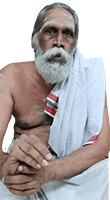

?>resources/frontend/assets/images/4.jpg)
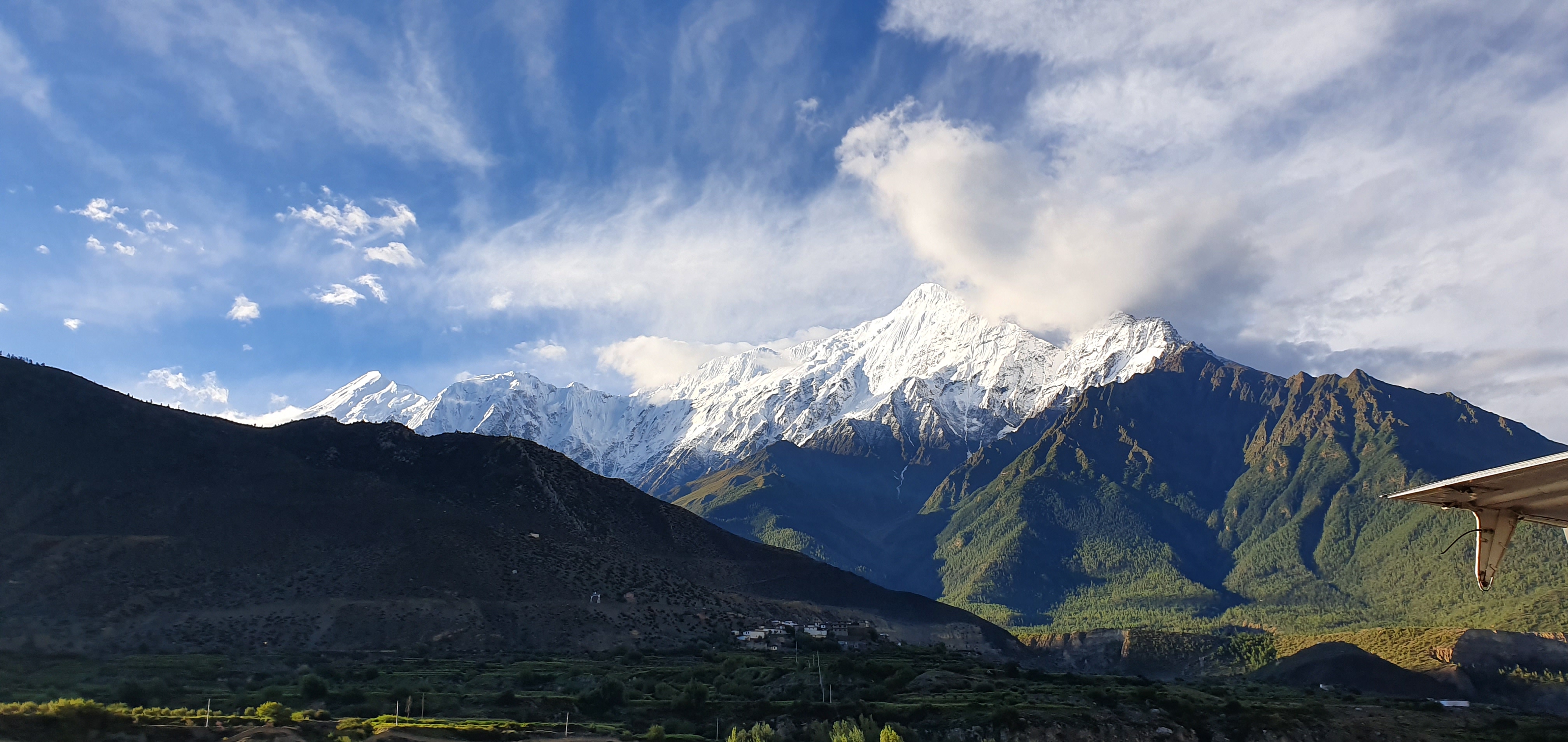
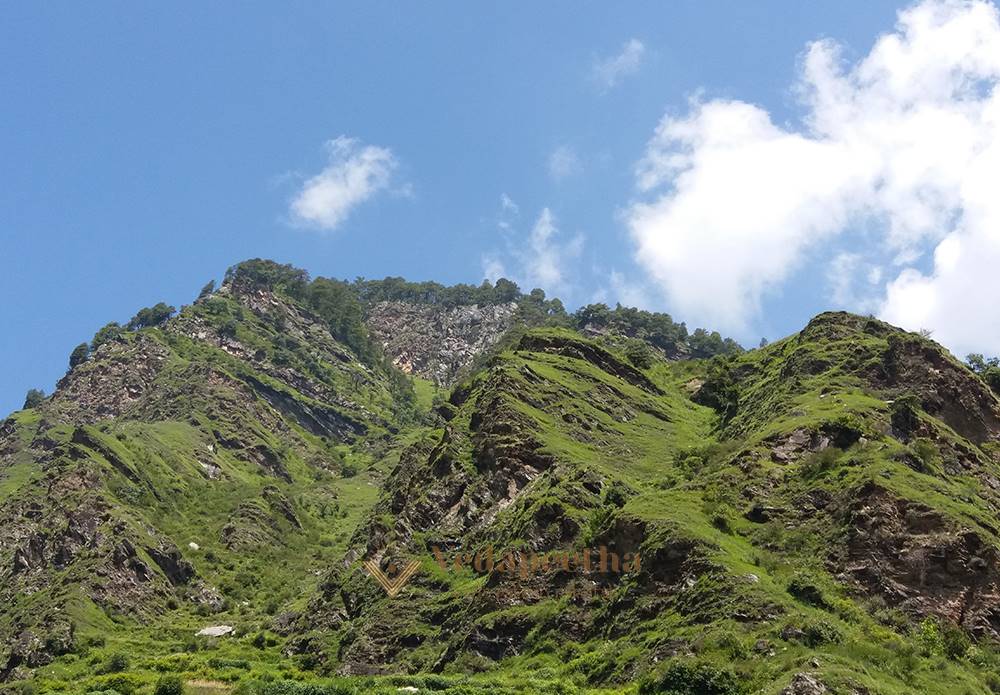
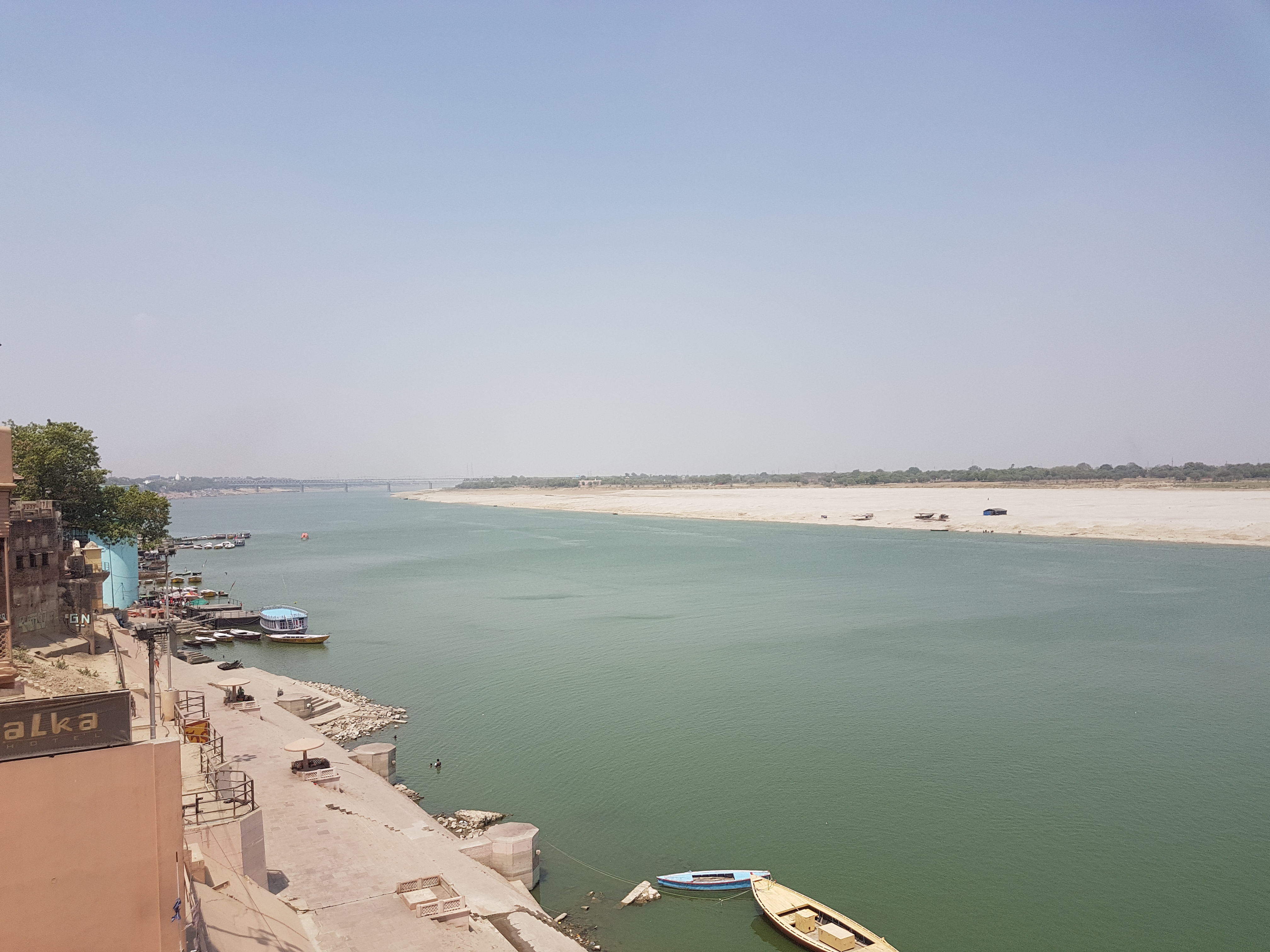
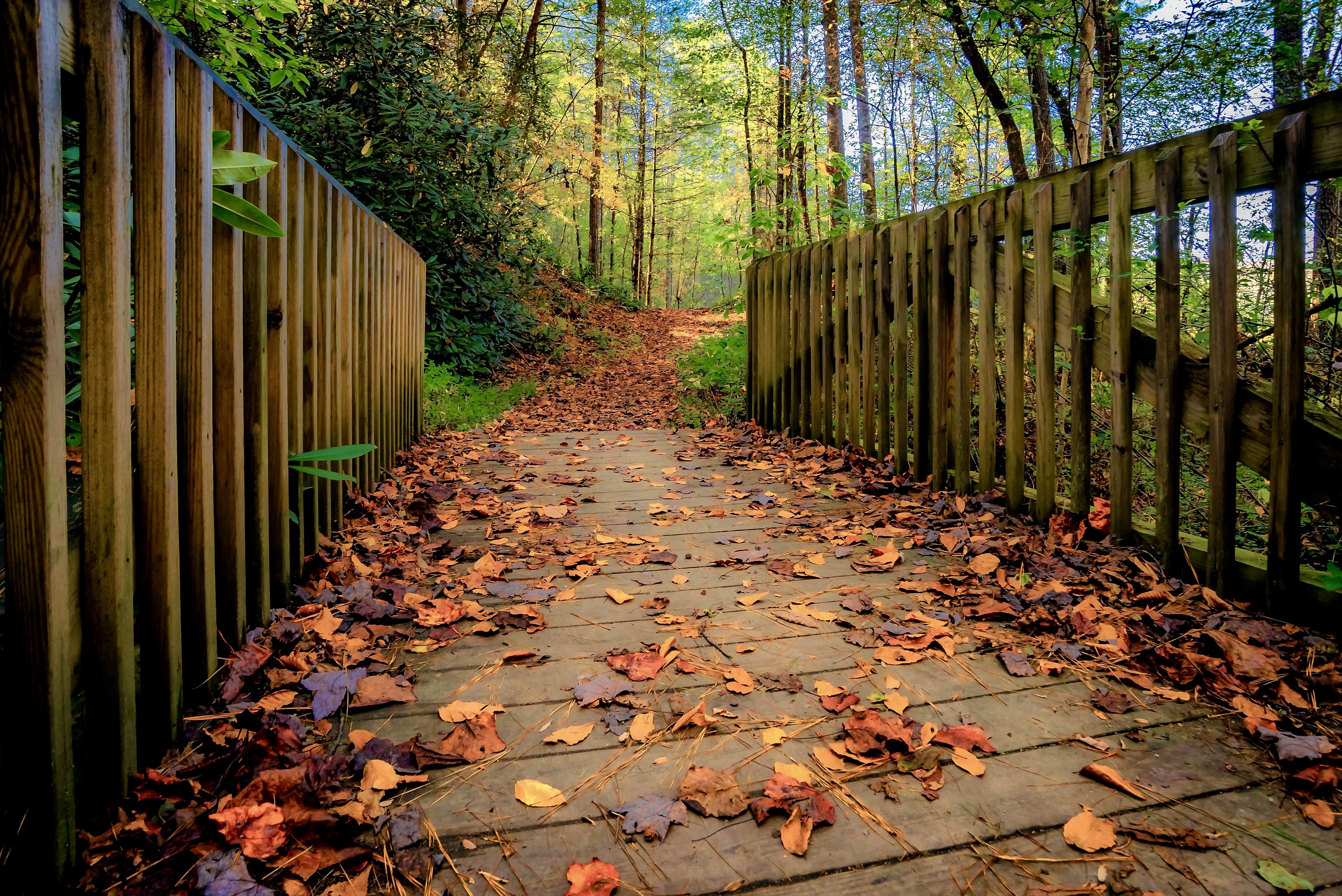
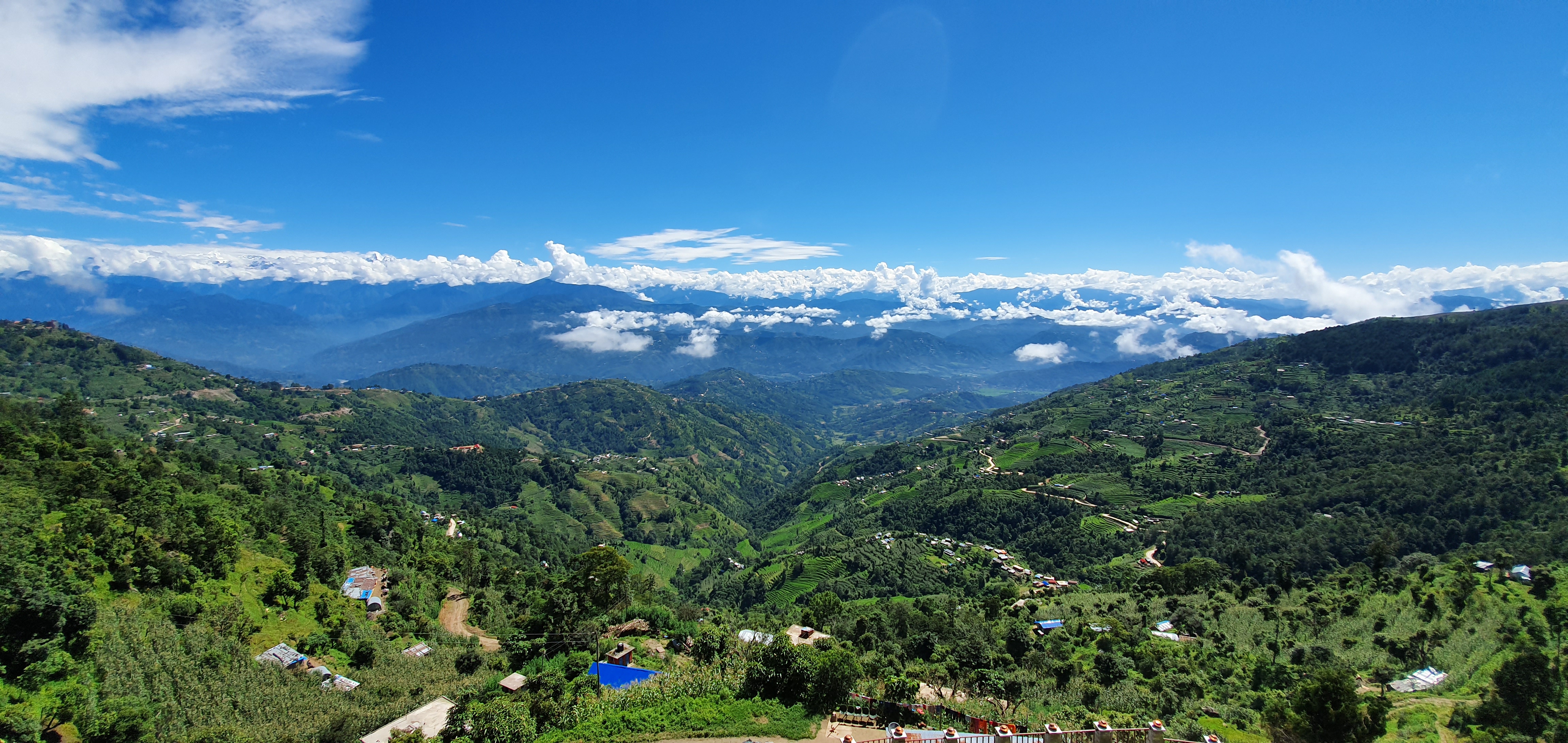
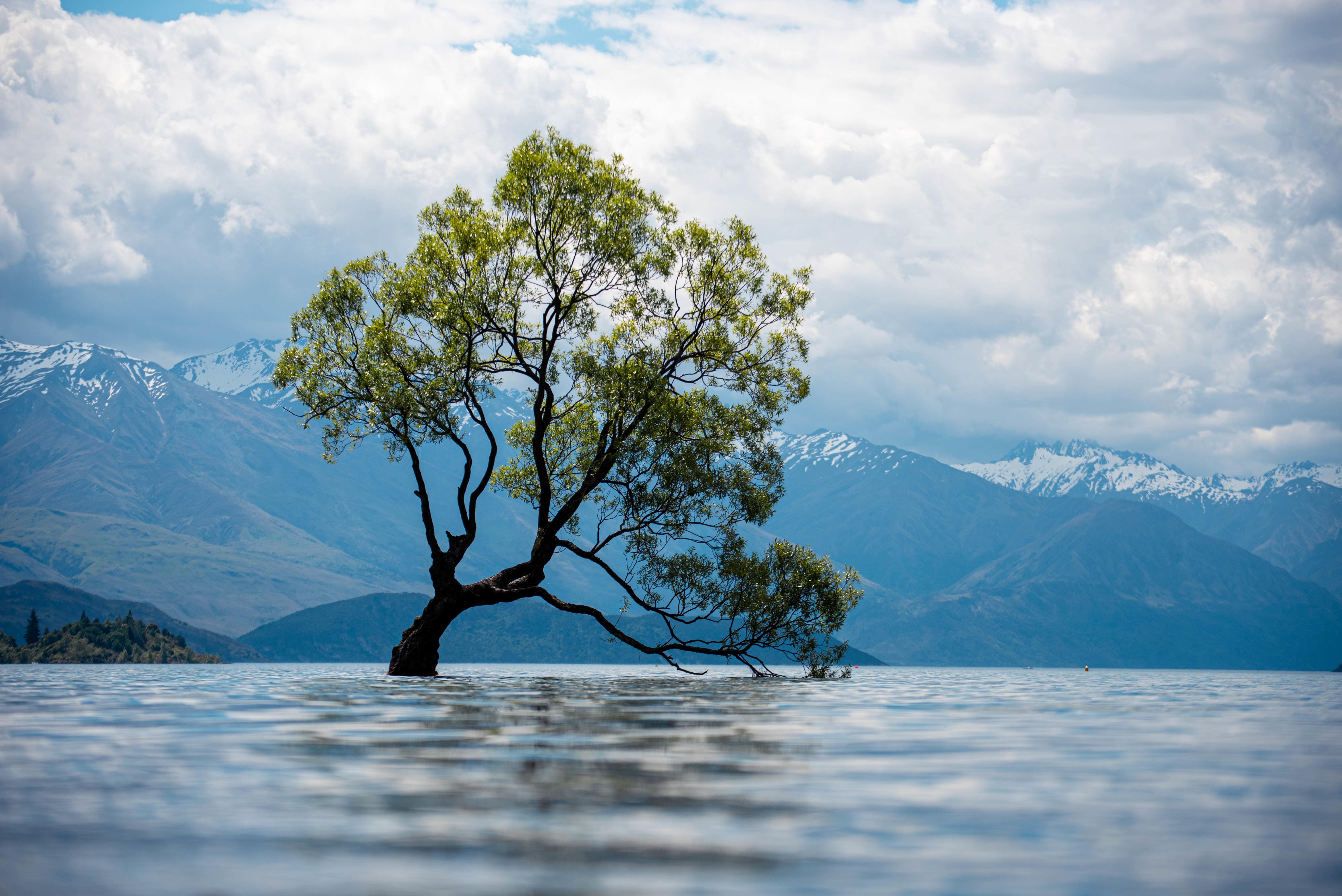
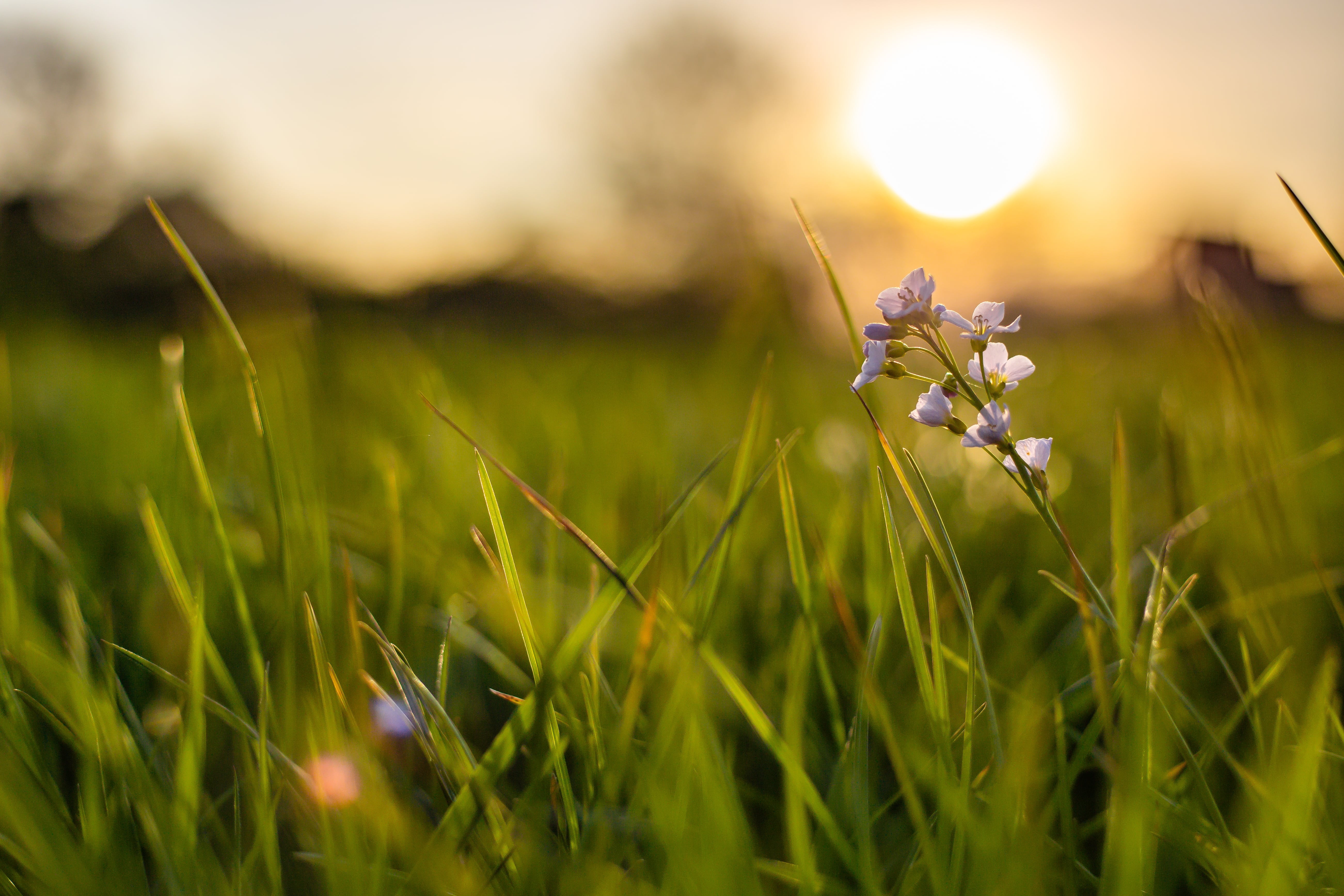
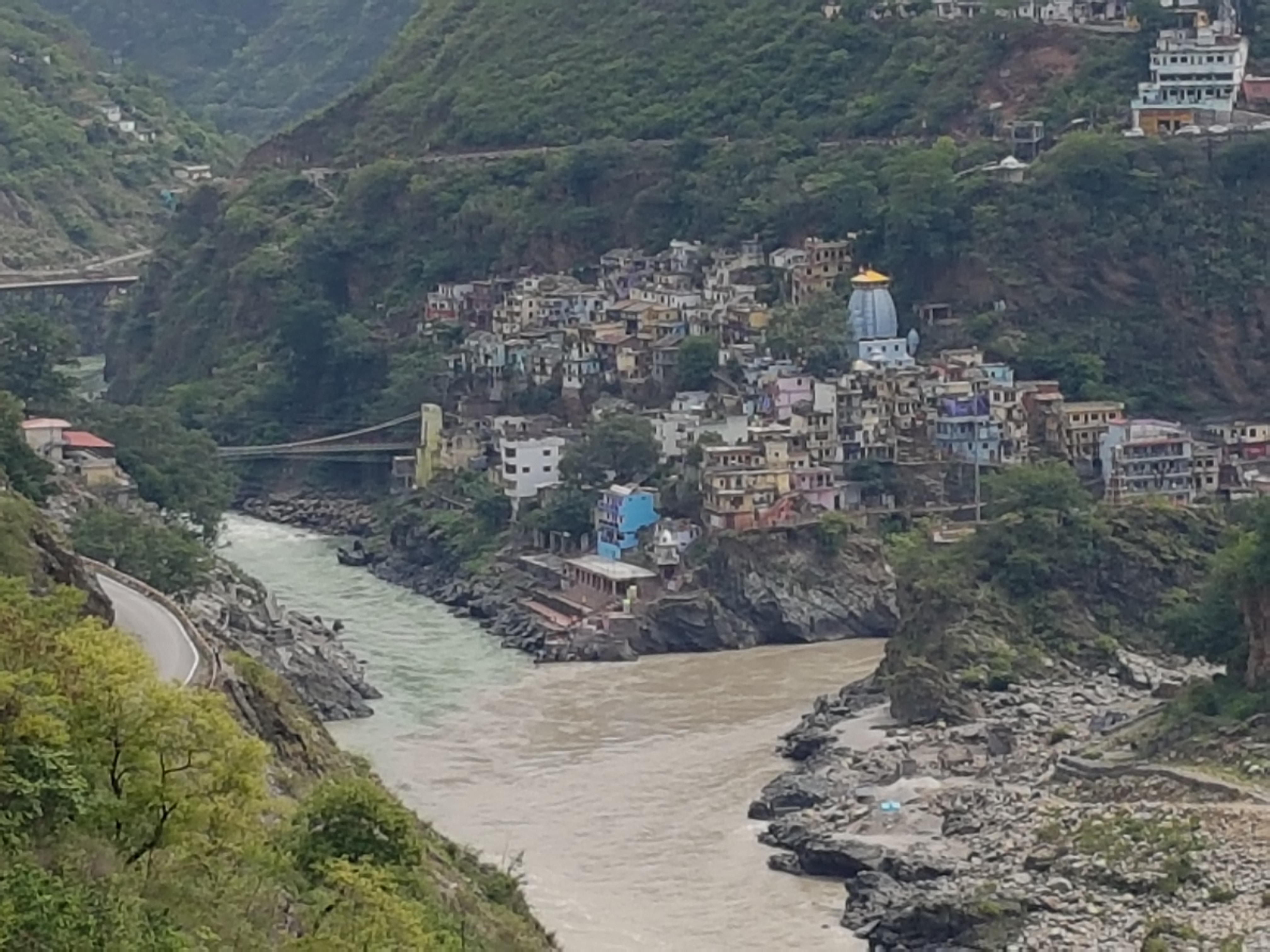
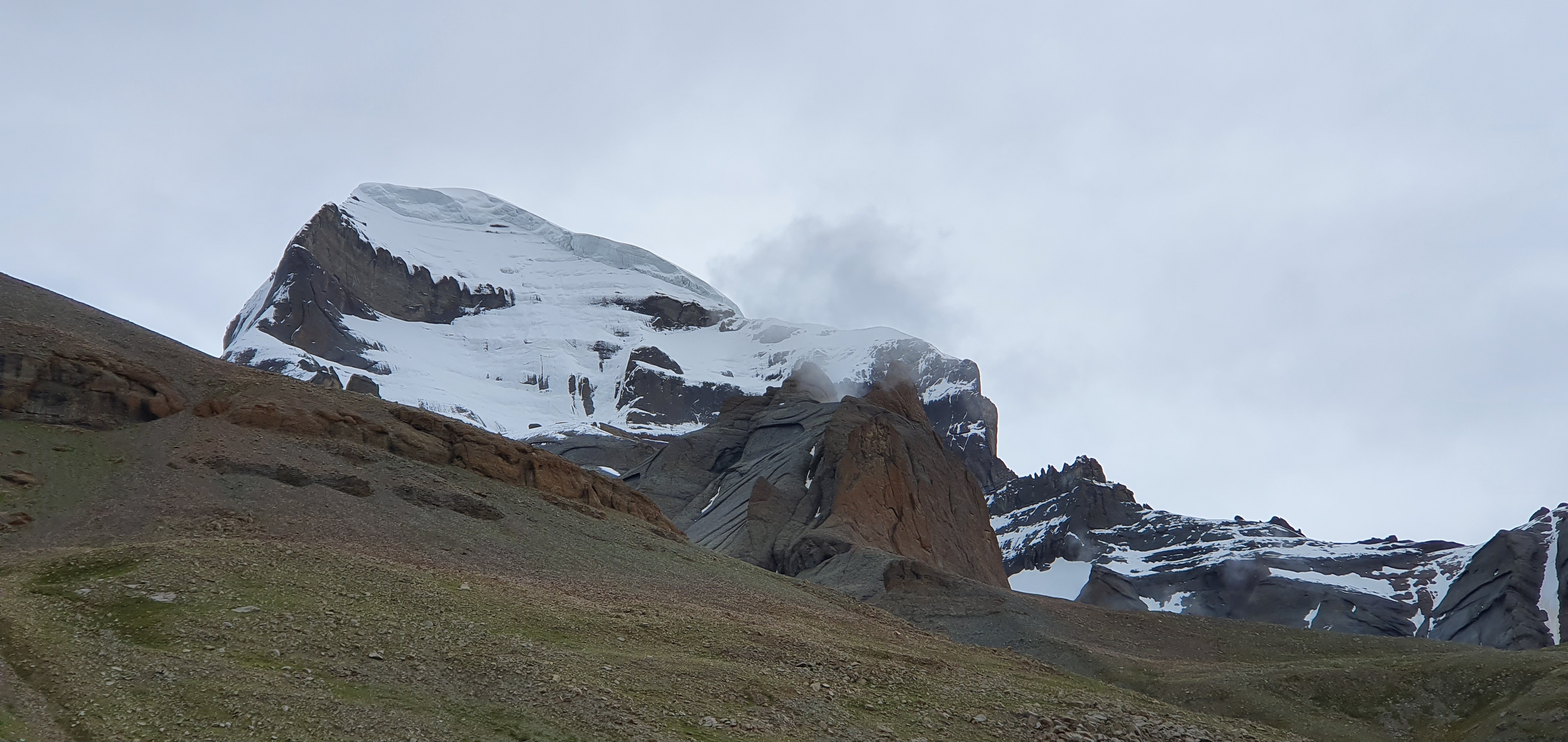
.jpg)
